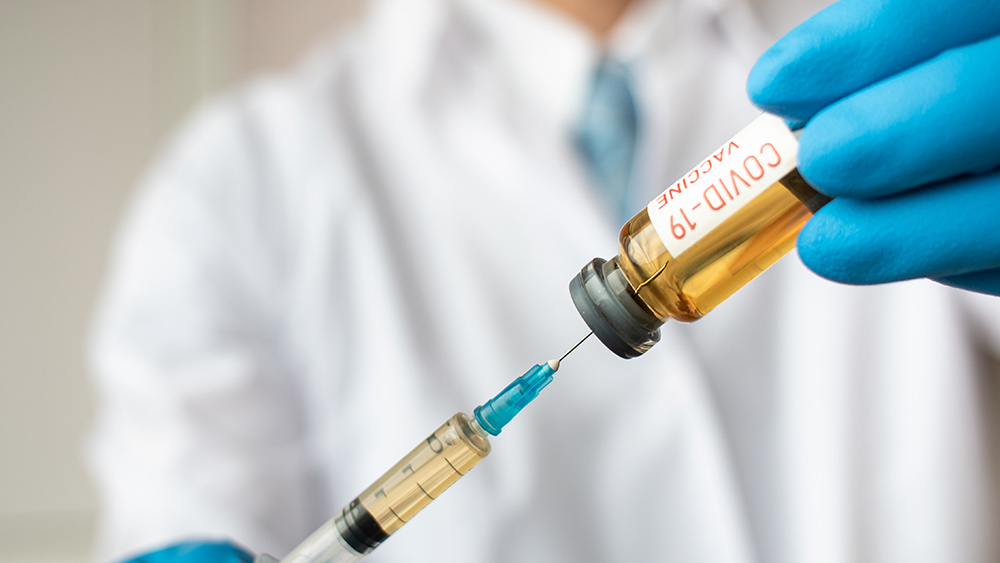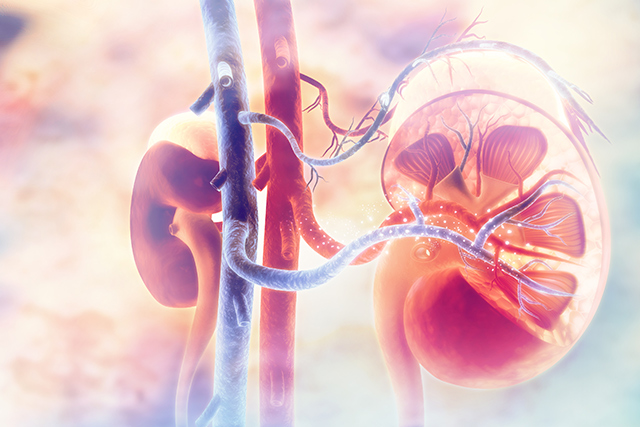Are you resilient? Researchers identify brain receptor crucial to regulating stress response
07/20/2020 / By Divina Ramirez

Repeated exposure to stressful conditions can increase the incidence of mental disorders, such as depression and post-traumatic stress disorder (PTSD). But scientists have recently discovered a lipid molecule that promotes stress resilience when expressed at high levels in the brain.
In a recent study published in the journal Nature Communications, American researchers reported that sphingosine-1-phosphate receptor 3 (S1PR3), which functions as a cell surface receptor, helps regulate stress response in animals.
In humans, they found that combat-exposed individuals without PTSD have higher levels of S1PR3 in their blood than those with PTSD. This suggests that S1PR3 is a potential biomarker of PTSD and may also serve as a target of future strategies designed to treat anxiety- and stress-related disorders.
The meaning of resilience
Stress can occur in different forms. People might go through periods of intense or chronic stress due to major life incidents, such as the death of a family member, the loss of a job, a serious illness or a life-altering accident.
Experts at the American Psychological Association (APA) define “resilience” as the process of adapting to significant sources of stress. In a nutshell, resilient people are capable of bouncing back from difficult experiences and growing as a person.
But not all people can be considered resilient. In some cases, major life incidents can result in periods of depression, PTSD and other mental disorders. Current treatment strategies for these conditions often include the use of medications, such as antidepressants. (Related: Homeopathic alternatives to antidepressant drugs.)
However, current treatment strategies fail to produce results in a substantial proportion of patients. Experts are now beginning to underscore the need for different and more successful approaches to treating stress-related mental disorders like depression and PTSD.
S1PR3 promotes stress resilience
In collaboration with researchers from the University of Pennsylvania and the Corporal Michael J. Crescenz Veterans Affairs Medical Center, scientists at the Leonard and Madlyn Abramson Pediatric Research Center in Philadelphia sought to identify neural mechanisms that promote resilience or vulnerability to stress.
They found that S1PR3, which plays an important role in regulating cellular processes like inflammation, cell migration and proliferation, is a key mediator of stress resilience when expressed at high levels in the brains of rats. This expression is significant in a particular region called the medial prefrontal cortex (mPFC), which studies suggest controls a person’s ability to voluntarily maintain and reflect upon his own emotion. Scientists believe that this ability can influence a person’s vulnerability to emotional disorders, as well as the success of psychological treatments.
Seema Bhatnagar, the study’s senior author, said that their research highlights the importance of S1PR3 in neural signaling. In particular, variations in the amount of this receptor in the brains of rats correlated with how well they responded to stress.
For their experiment, Bhatnagar and her team subjected a group of rats to chronic social defeat stress. They measured the animals’ stress resilience and examined their coping strategies using a series of behavioral tests.
Rats that coped better formed the resilient group, while those that exhibited signs of anxiety and depression formed the vulnerable group. The researchers observed that the rats in the resilient group had higher levels of S1PR3 in the mPFC than the rats in the vulnerable group.
The team then altered the expression of the S1PR3 gene in both groups, reducing it in the resilient group and increasing it in the vulnerable group. Their results confirmed that having high levels of S1PR3 in the brain corresponded to better stress resilience. Reduced S1PR3 expression, on the other hand, resulted in vulnerable behaviors.
The team also analyzed S1PR3 levels in blood samples taken from combat-exposed veterans to determine if S1PR3 has the same function in humans. They found that veterans suffering from PTSD had significantly lower levels of S1PR3 than those without the disorder. On the other hand, PTSD sufferers who exhibited severe symptoms had even lower levels of S1PR3.
“Our findings in both laboratory models and patients suggest that this protein is a potential blood-based biomarker for PTSD,” said Bhatnagar.
“If we can establish that SIPR3 or related sphingolipid receptors are valid biomarkers for PTSD and other stress-related disorders, we may have a new tool to predict a person’s risk for PTSD, or to predict the severity of a patient’s symptoms. It may help us to better evaluate potential treatments, and perhaps to design better treatments.”
Learn how to treat PTSD and other mental disorders naturally at Mental.news.
Sources include:
Tagged Under: anxiety relief, beatdepression, brain function, brain health, discoveries, Mental Disorders, mental health, post traumatic stress disorder, prevention, PTSD, research, stress relief, stress resilience
RECENT NEWS & ARTICLES
COPYRIGHT © 2017 RESEARCH NEWS


















